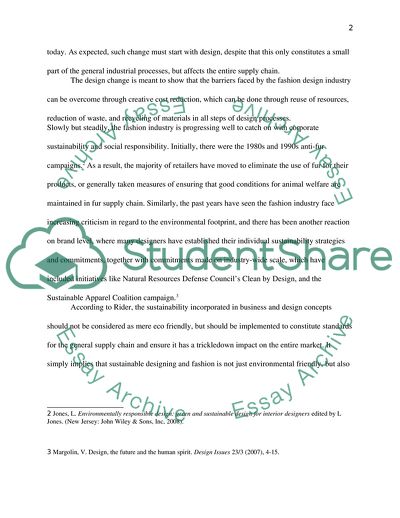Cite this document
(Challenges, Opportunities, and Threats of Sustainability Fashion Coursework, n.d.)
Challenges, Opportunities, and Threats of Sustainability Fashion Coursework. https://studentshare.org/visual-arts-film-studies/1862314-sustainability
Challenges, Opportunities, and Threats of Sustainability Fashion Coursework. https://studentshare.org/visual-arts-film-studies/1862314-sustainability
(Challenges, Opportunities, and Threats of Sustainability Fashion Coursework)
Challenges, Opportunities, and Threats of Sustainability Fashion Coursework. https://studentshare.org/visual-arts-film-studies/1862314-sustainability.
Challenges, Opportunities, and Threats of Sustainability Fashion Coursework. https://studentshare.org/visual-arts-film-studies/1862314-sustainability.
“Challenges, Opportunities, and Threats of Sustainability Fashion Coursework”. https://studentshare.org/visual-arts-film-studies/1862314-sustainability.


